Independent research and development! Union Hospital performs the world's first new cellular pulmonary valve replacement
Time:
2023-12-12
* This article is reproduced at [37 degrees Li | Changjiang Health Financial Media, Union Hospital of Huazhong University of Science and Technology] public account, reporter Luo LAN Correspondent Wang Jiliang Nie Wenwen Peng Jinxian
Veco Medical, together with Wuhan Union Hospital and the Institute of Metal Research of the Chinese Academy of Sciences, participated in the key research and development project of "High-end functions and smart materials" of the Ministry of Science and Technology in 2023, relying on the topic of "Preparation and performance evaluation of tissue engineering valve matrix materials" to help the major national health cause and promote the innovation and development of medical science and technology.
Like a blooming flower, like a noble crown, this is the world's first new cellular valve independently developed by Professor Dong Nianguo's team of cardiac Great Vascular Surgery at Union Hospital Affiliated to Huazhong University of Science and Technology for 24 years. The artificial valve has the ability of regeneration and repair, breaking through the existing technology is easy to form thrombosis, easy to calcify decay, limited service life and other world problems, and is praised by peers as the "door" of the "living" heart.
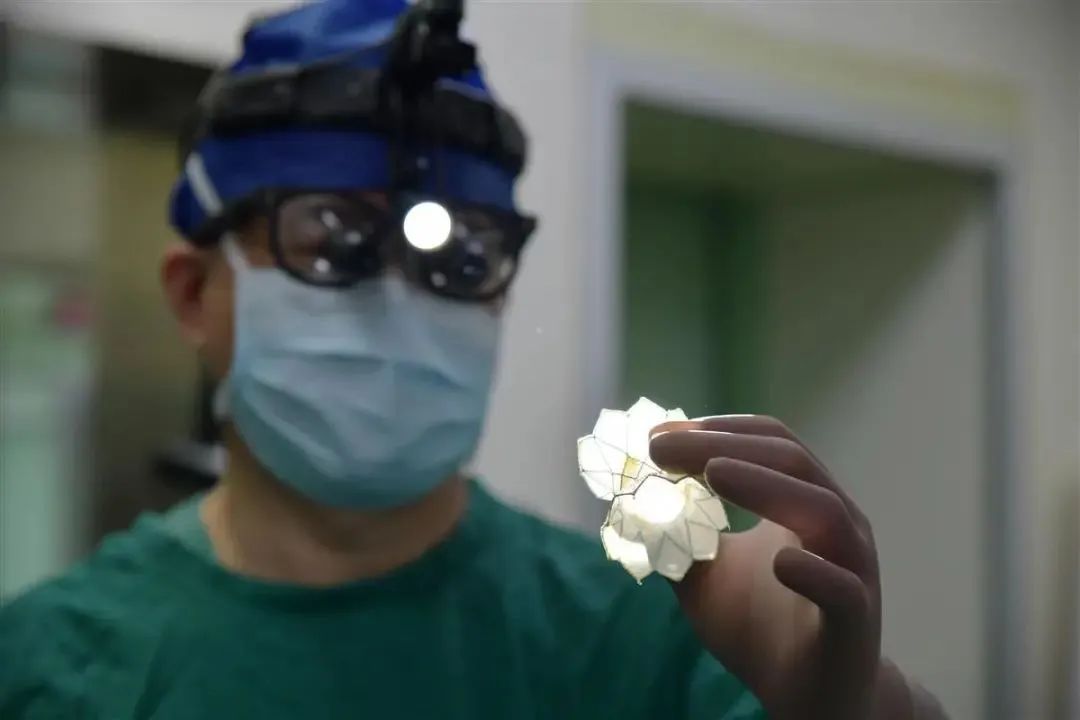
On December 7, the world's first successful acceptance of a new type of cellular pulmonary valve replacement of children with congenital heart disease, 13-year-old Yue Yue returned to the Union Hospital for six months post-surgery review, heart color ultrasound showed that the artificial pulmonary valve function is good.
01
It is better to "do it yourself" than to rely on imports.
The human heart has four valves that act as one-way valves, preventing blood from returning. If there is a problem in the process of opening and closing this door, it can cause various heart valve diseases. There are 200 million people suffering from valvular heart disease worldwide, and the number of people with the disease increases with age. The 2-year natural survival rate of severe valvular disease is only 50%, and the 5-year natural survival rate is only 20%, resulting in a major disease burden worldwide.
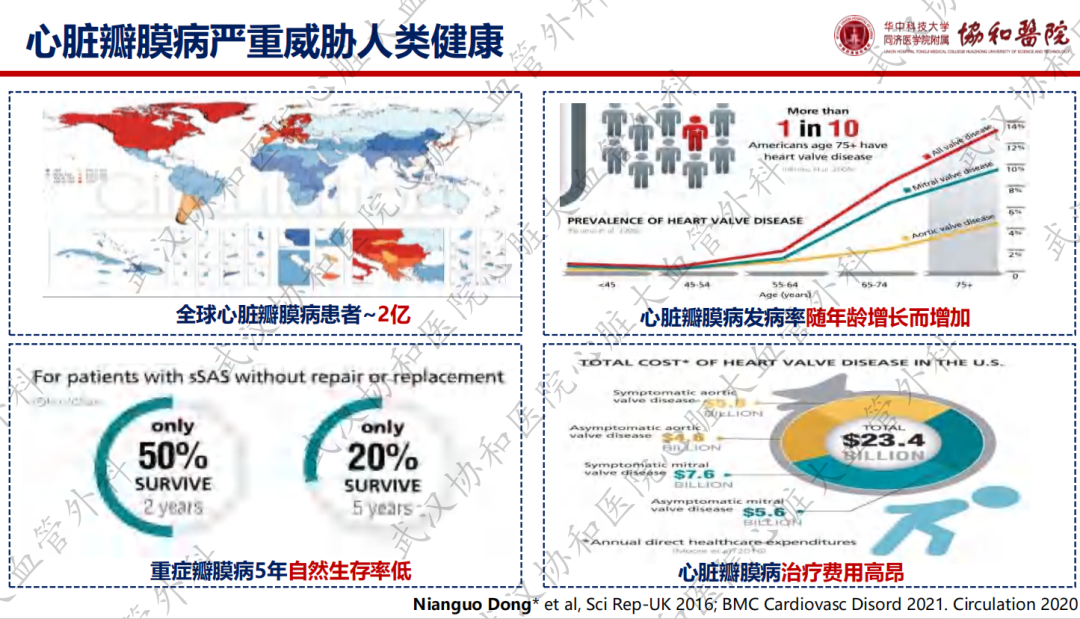
At present, the international medical community to solve the problem of serious heart valve disease is artificial valve replacement. In China, the number of heart valve replacement operations also continues to increase. A set of data provided by the Union Hospital on the same day shows that from 2014 to 2019, the number of operations in China rose from 60,500 to 73,600; It is expected that by 2025, the terminal market size of artificial valves in China will reach 6.18 billion yuan.
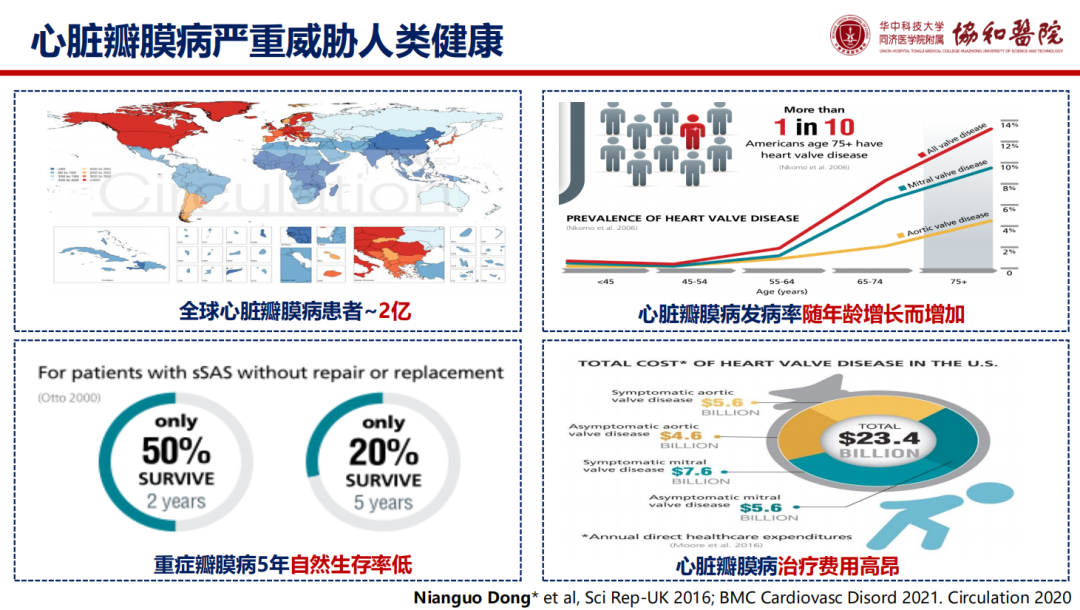
There are two main types of artificial valves, the first is a mechanical valve, the second is a biological valve. Most of the artificial valve materials used in clinical use in our country rely on imports, the cost is high, and it is easy to decline, easy to reject and other problems. "We'll do it ourselves!" Professor Dong said that the team was committed to artificial valve research 24 years ago.
02
Focus on the development of "Chinese own artificial valve"
In 1999, Professor Dong Nianguo began to engage in the research of heart valve substitutes and set up the Heart Valve Laboratory of Union Hospital.
In 2003, Dong Nian's national team made up their minds to develop Chinese artificial valves of their own. According to the clinical needs and team advantages, the direction of developing new biological valves was defined.
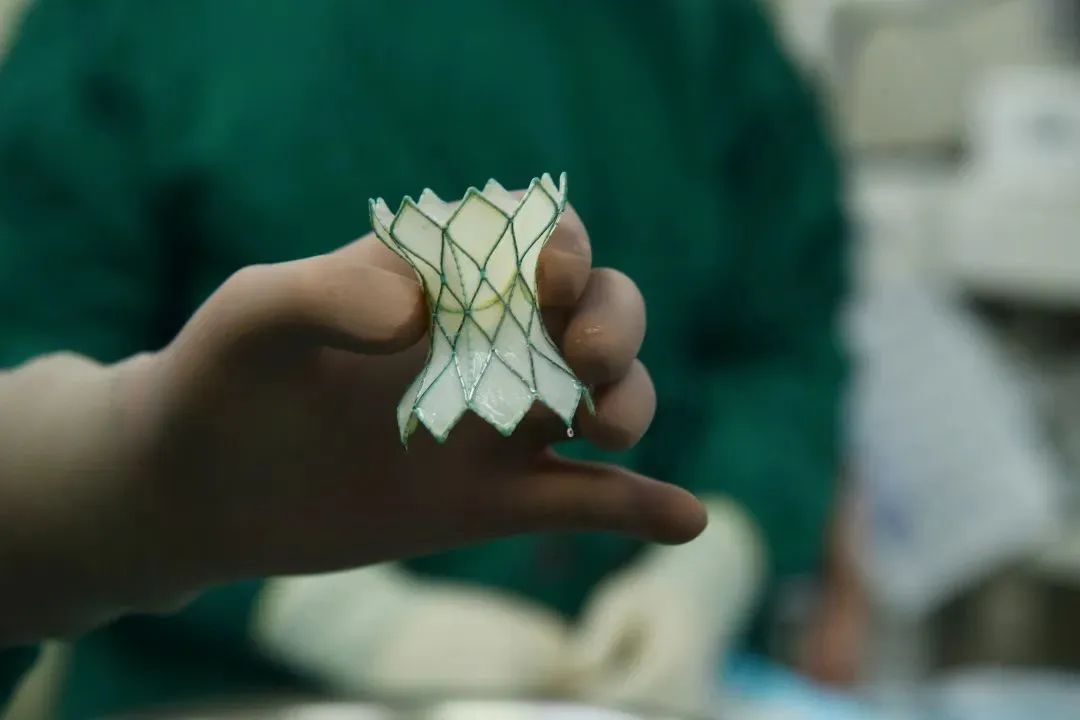
In the project research, the team first analyzed the problems existing in the clinical use of biological valves at that time. The traditional biological valve is mainly made of pig aortic valve, and the implantation of pig tissue will inevitably lead to strong rejection reaction of human body. The use of glutaraldehyde this chemical to "kill" the active cells above the raw material, the result is that the valve will appear due to calcification caused by decay, service life of only 10 to 15 years, many patients have to face a second or even a third operation.
How to use the principle of bionics to make the artificial valve as close to the natural as possible? Since the problems are all at the cellular level, can we start by studying cell activity and its repair and regeneration? Repeated research has proved the feasibility of the idea. In the same year, the team proposed a new theory of "cellular enhancement of durability of biological materials" for the first time in the world.
Like a "monster", the research of new cellular valves continues to find problems and solve problems. Also using porcine aortic valves as raw materials, the team developed an original method of protein lysis to remove cells, which can effectively reduce the immunogenicity of valve materials and retain extracellular matrix components. The team subverted the traditional biological flap production process, established a new biochemical crosslinking technology system, and fundamentally solved the world problem of calcification caused by glutaraldehyde crosslinking.
At the end of 24 years of research, Dong Nianguo's team developed the first new type of cellular artificial valve. Biological evaluation by a third party authority reached the national standard: "no cytotoxicity, high blood compatibility, no calcification."
03
Successfully implemented the world's first cellular pulmonary valve
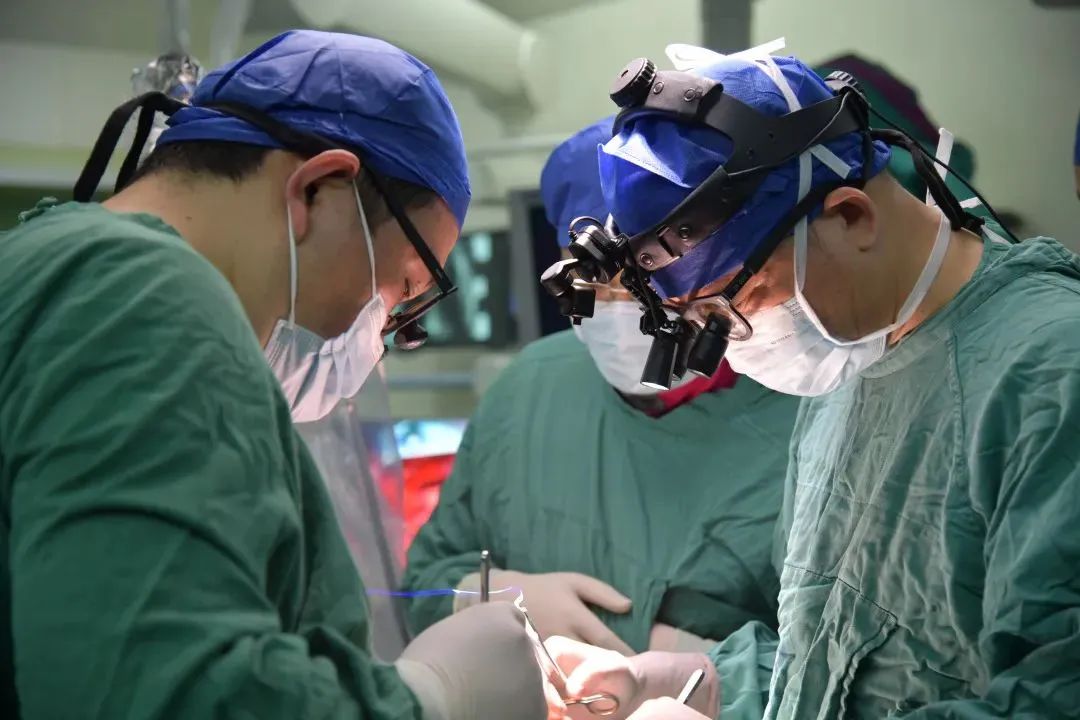
"After the new cellular valve is implanted in the body, the autologous cells will grow inside the valve material and have the ability to reshape and repair tissue, which is not prone to calcification and decay." Professor Dong Nianguo said that the data from tens of thousands of experiments, as well as the initial clinical application, fully confirmed the good effect of the new valve.
Dr. Shang Xiaoke of the Department of Cardiac vascular Surgery said that the study fully takes into account the mechanical problems caused by blood flow, and the new valve has excellent biomechanical properties, which can be opened and closed freely and keep the "valve".
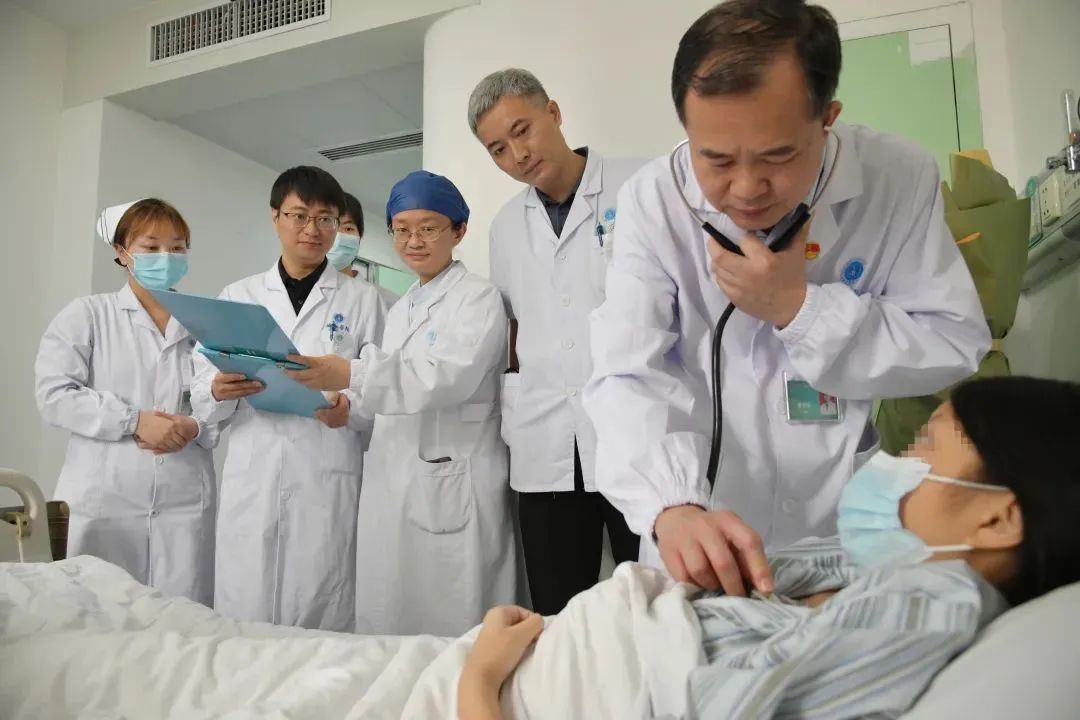
On December 7, He returned to the hospital for review, Professor Dong Nianguo's team went to visit, and saw the children who had "cried silently, lips and fingers purple" and now returned to a healthy and happy childhood, feeling gratified.
Yue's mother recalled that the child was diagnosed with a congenital heart disease, tetralogy of Fallot, at the age of 1, and underwent surgery in the same year, but the pulmonary valve disease remained unresolved. In recent years, the child has always felt short of breath, unable to walk, unable to eat. In May this year, the family sent the child to the Union Hospital heart great vascular surgery, after examination found that her pulmonary valve severe regurgitation, causing the right ventricle to expand nearly double, right heart dysfunction, urgent surgery.
The selection of valve materials in children is limited and fails to grow, which has been an unsolved problem in the international cardiovascular field for half a century. Professor Dong Nianguo led the team to consult, considering Yue Yue's young age, the existing biological valve and mechanical valve are not suitable, after case discussion and evaluation, after obtaining the consent of parents, it was decided to carry out a new type of cellular pulmonary valve replacement for the child through minimally invasive surgery.
On May 29, the multidisciplinary team of cardiac vascular surgery, ultrasound department, anesthesiology department, and operating room joined forces. Professor Dong Nianguo sent the valve through a thin interventional guide wire into Yue's pulmonary artery. After installation, the pulmonary valve had no regurgitation or perivalvular leakage, and the valve replacement process took only 5 minutes.
Shi Jiawei, professor of cardiac vascular surgery, said that the valve and its supporting materials are tightly packed, and they will slowly open after reaching the designated position of the valve, replacing the diseased valve and quickly "on the job". According to the needs of different surgical methods, the team designed a number of artificial valves for different valve positions. Since this year, Union Hospital has successfully carried out 7 cases of new cellular valve replacement, all of which have successfully recovered and been discharged from hospital.
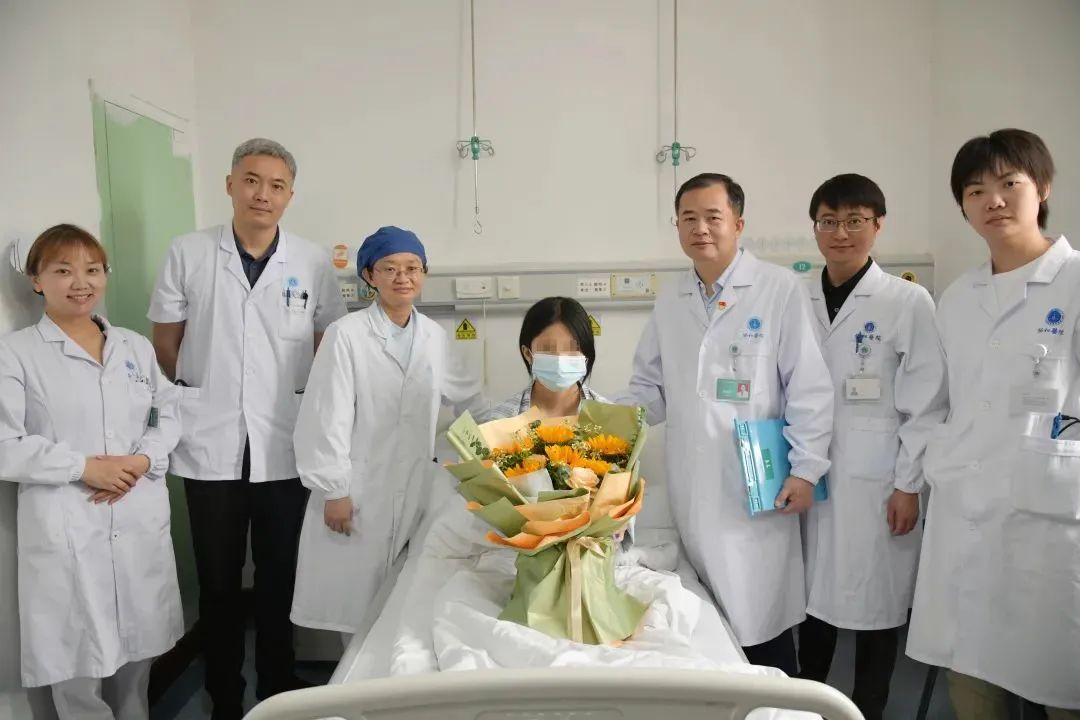
04
With strong regenerative ability, it is expected to be "integrated" with the heart.
Developing new valves is a difficult process. As a young expert, Qiao Wei Hua, deputy chief physician of the Department of Cardiac Vascular Surgery, was impressed by the innovative spirit passed on from team to team countless times.
"When we took out the valve that had been implanted in the pig for about half a year during the large-animal experiments, it was amazing to see how close the structure was to the natural valve," he said.
This project has been funded by the National Natural Science Foundation, the National 863 Program and the "14th Five-Year Plan" national key research and development Program. At present, the new cell valve research has entered the clinical trial stage, and the team is committed to turning this foreign "implant" into a new member of the heart family.
Professor Dong Nianguo said that the new cellular valve retains the shape and three-dimensional spatial structure of the natural valve, has good biocompatibility, and has many natural active sites preserved on the surface of the valve, which is more conducive to cell adhesion and growth, and is biodegradable, which indicates that it is "infinitely close" to the natural valve. Professor Dong said: "In the future, human cells will grow on the new valve, and the new valve is expected to be 'integrated' with the heart, so that it can be used for a lifetime."


